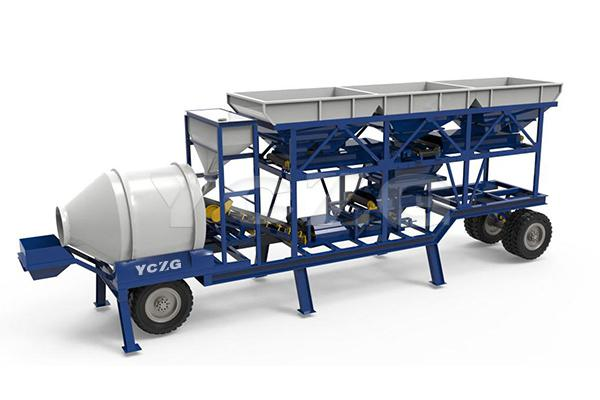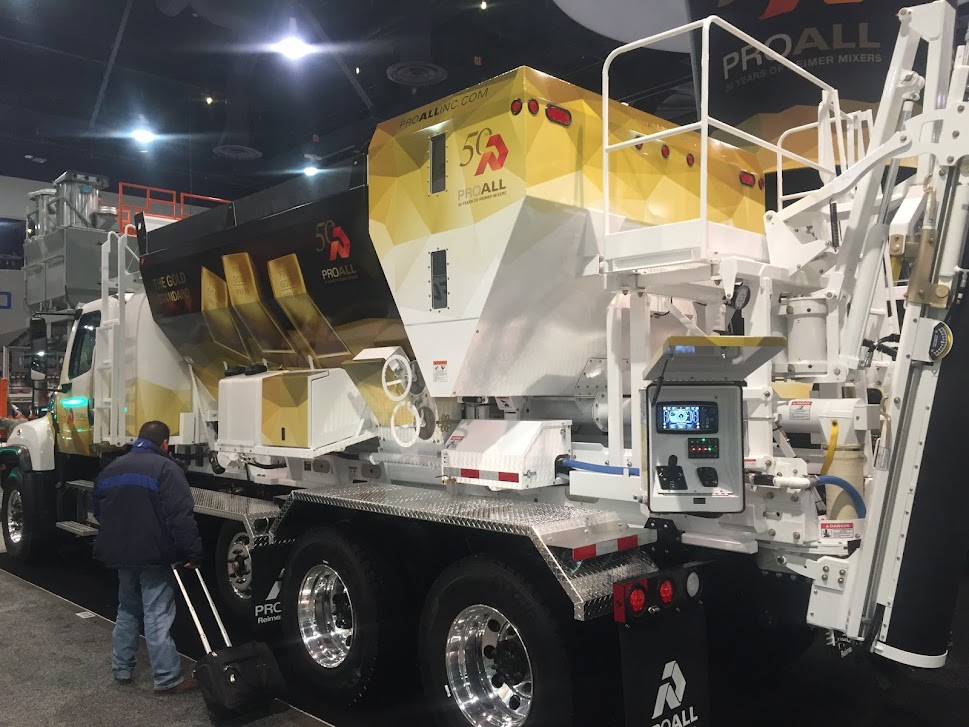Mobile Concrete Mixer: How to Test the Quality?
A mobile mixer provides various benefits on a construction site. It increases profits by paying less for concrete. Moreover, you can have better control over your schedule and employee time. Concrete mixer eliminates the complaints about shortages and provides fresh on-site concrete in the amount required. You get a mixer that's flexible and can handle any size job on short notice, whether it's short loads, emergencies, or weekend jobs. More than having a hunk of concrete on time, it is crucial to have a high-quality mix.
Let us look at the ways to test the strength and quality of a mobile concrete mixer.
Ways to test the Quality of Concrete Mixer
Concrete slump tests
Slump testing of the concrete mixer can help in evaluating the
flow of characteristics of freshly mixed concrete. Place concrete into an
invented cone and use a metal rod to tamp it down after each stage. This way,
you can conduct this test.
After the cone is complete, lift it off using angles. This way, the concrete will subside or slump on the ground due to gravity. Then measure the total difference between its original and slumped height. If your mixer fails this test, you can also go for custom equipment refurbishing services.
A slump ranging from 4 to 5 inches is ideal and has a perfect
balance of consistency and workability.
Air content testing
In places that experience a lot of swings in temperature, the
air is Entrained in concrete to increase expansion and contraction
capabilities. Air testing helps in determining whether the delivered concrete
has the required air content specifications established by an engineer.
A field technician fills a circular metal base with three lifts
of concrete, then stamps it using a metal rod to conduct an air content test.
To lock everything together, you place a metal lid on top of the base that has a pressure guard attached to its surface, and then you close all the components together. Use a hand pump to pressurize the device and then allow it to stabilize for a while. After the stabilization process, all the pressure is released. Technicians can read the concrete air content from the dial attached to the device.
Schmidt rebound hammer
Schmidt rebound hammer is used to conduct the non-destructive testing of your concrete. It works by firing a spring-loaded mass onto the concrete. After that, measure the total amount of rebound off the surface. You can compare this value with a conversion chart to have a rough estimate of your concrete structure's overall compressive strength. Calibrate your hammer before use and test several points to establish an average value.
Destructive concrete testing
You can go for a destructive testing method to obtain an
accurate value of concrete compressive strength. Take a concrete cylinder and
remove it from the structure. Further, take this cylinder to the laboratory for
further testing to complete testing. There are various comprehensive laboratory
tests to estimate the quality of poured concrete.
Comprehensive strength laboratory test
You can determine the strength of the concrete on the construction site as claimed by an engineer
by conducting a Comprehensive strength laboratory test. You can create these
cylinders on-field during concrete placement and choose random locations during
the concrete placement process. Place these cylinders on a field for a few days
to cure before taking them to the laboratory for further testing.
Flexural concrete testing
In this test, the concrete is spread onto an aircraft runway and often undergoes a tensile strength or a flexural print test. Testing specimens are commonly designed as rectangular beams, which, once cured, are loaded from both ends until they snap from the center, demonstrating concrete's ability to withstand high bending forces.






Comments
Post a Comment